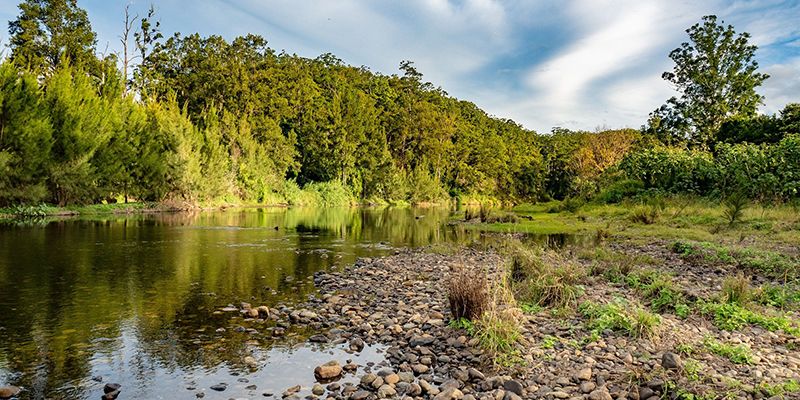Coastal Water Users Information Sessions
Coastal water users are invited to information sessions to learn more about the rollout of non-urban metering including the deadline to install compliant meters by 1 December 2026.
The NSW Government is working hard to have 95 per cent of licensed water take in NSW accurately measured with tamper-evident, auditable meters by the end of next year as part of new reforms to accelerate compliance.
To support coastal water users, we are ramping up our education campaign by getting experts out on-the-ground to answer questions in-person and provide information on how to navigate the updated metering rules.
The team will be hosting information stalls at:
- Tocal Field Days in the Hunter Valley from 2 to 4 May
- Primex Field Days at Casino from 15 to 17 May
Water users’ requirements depend on their total entitlement, the number of works they have, and the size of their pump or bore.
They include:
- Larger coastal water users with works nominated by entitlement of 100ML or more must install an AS4747 meter, a local intelligence device (LID), and telemetry, validated by a duly qualified person (DQP), by 1 December 2026.
- Smaller coastal water users with works nominated by entitlement of less than 100ML and more than 15 ML must install a pattern-approved meter by 1 December 2027 or their works renewal date (whichever is the first).
- Water users with pumps 500mm in diameter or larger must already be compliant.
It is important to note that recording and reporting requirements are in place for all licensed water users regardless of the size of their works or volume of their entitlement.
Quotes attributable to DCCEEW Director of Metering and Licensing, Dan Connor:
“The non-urban metering rules are designed to ensure the take of 95 per cent of all licensed water entitlement in NSW is accurately measured while making compliance easier, quicker, and more cost-effective.
“We recognise keeping up with rule changes can be overwhelming which is why we are getting boots on the ground to enable coastal water users to speak directly to metering specialists to make it easier to work out what those obligations mean for them.
“What we are trying to deliver is a system that is simpler to navigate, takes the pressure off the hip pocket for many water users and prioritises high-volume users to make sure every drop counts and people are only taking what they’re entitled to.
“Whether you’re installing a meter for the first time, or upgrading existing equipment, we encourage you to come along and meet our team.
“Our team will walk you through the urban metering requirements including approved devices and key deadlines so you can stay on top of your obligations.”
